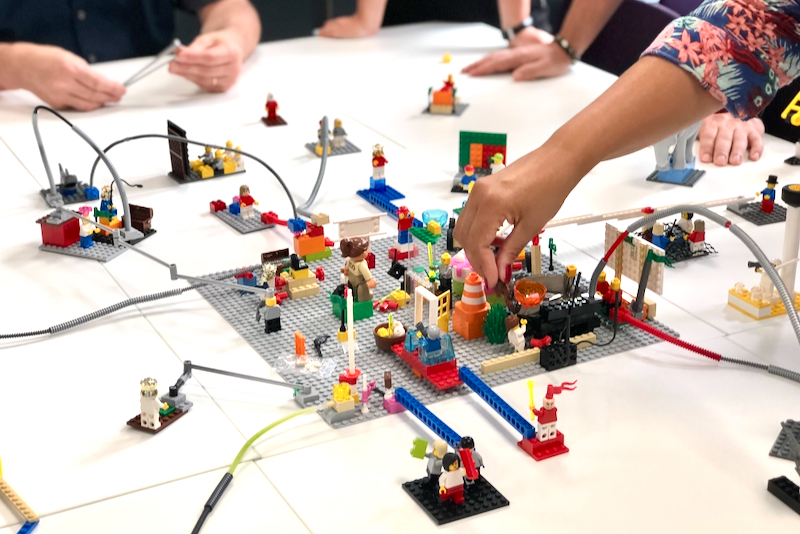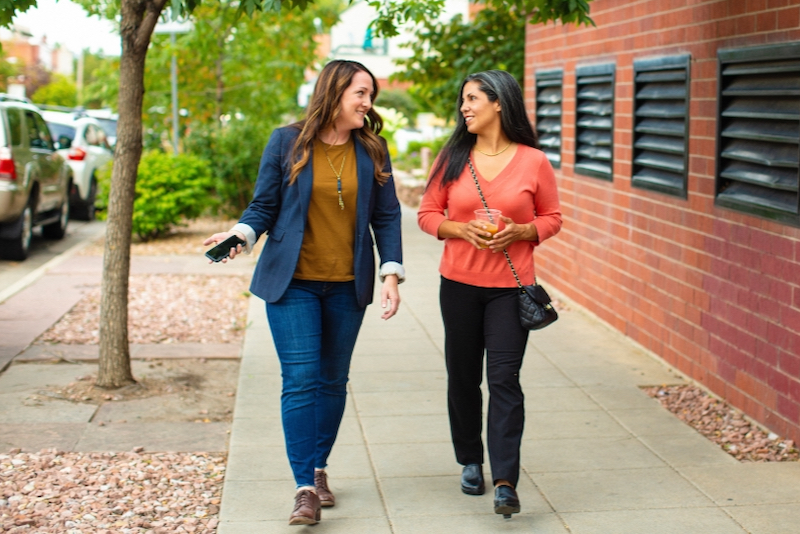Instruments (EN)
⚒⚒ | $$ | ⏲⏲ | Through awareness training, managers and employees in research & development become aware of the impact of (perceived) diversity characteristics on their attitudes. Participants are also exposed to alternative viewpoints and taught how to deal constructively with stereotypes and biases in the workplace.
⚒⚒ | $ | ⏲⏲ | “Core Protocols” is a collection of best practices that enable individuals, teams, and entire organizations to communicate openly and effectively with one another. Each Core Protocol consists of a simple set of communication and behavior rules. Core Protocols, when used correctly, facilitate constructive problem-solving while allowing more rational and fast decision-making.
⚒⚒⚒ | $$$ | ⏲⏲ | A “design sprint” is an intensive workshop lasting several days where the participants develop a human-centered solution for a real problem in product or service innovation. To generate as many creative ideas as possible, the development team that completes the Design Sprint should be as diverse as possible. The combination of creativity techniques and the participants’ diverse characteristics help the group think outside the box and develop new innovative solutions.
⚒⚒⚒ | $$ | ⏲⏲ | In the long run, companies will deliver more innovative goods and services that consider the interests of various diversity groups by integrating Design Thinking into research & development. In a diversity-sensitive Design Thinking workshop, participants learn to think outside the box through different creativity techniques. Moreover, they also learn about diversity aspects in an application-oriented context.
⚒ | $ | ⏲ | The aim of the feedback walk is to foster a respectful and trusting relationship as well as the personal growth of both conversation partners. A varied environment and outdoor activity lead to a relaxed atmosphere and helps in gaining distance from day-to-day business and embracing a new perspective.
⚒⚒ | $ | ⏲⏲ | Job rotation is particularly effective during the training and familiarization phase. Depending on the requirements and complexity of the tasks, an employee or a prospective manager changes departments or teams at fixed intervals (e.g., weekly, monthly, or quarterly) and gets to know the various processes and procedures within the organization.
⚒ | $ | ⏲ | Henri Lipmanowicz and Keith McCandless use the term “liberating structures” to summarize 33 “microstructures” that enable a high degree of participation in innovation processes. These focus on active collaboration in teams and organizations. Liberating structures helps managers and staff in the field of research & development to create an inclusive and creative working environment.
⚒⚒ | $$ | ⏲⏲ | Conscious relaxation activities help participants to relieve tension in their daily work. Group training in mindful communication can have a very beneficial impact on the growth of diverse teams. Participants become more self-aware and familiar with their team members when learning a mindful communication approach together.
⚒ | $ | ⏲ | “Psychological safety” allows members of an innovation team to work and learn without discomfort. This is an essential pre-condition for personal growth and outstanding performance. A “psychologically safe” working environment prevents harmful group dynamics such as “groupthink” from arising and thus leads to better decisions and a broader range of ideas.
⚒⚒ | $$ | ⏲⏲ | Many group activities, such as professionally led outdoor training or an “escape room”, involve tricky tasks that require shared coordination, skill, cooperation, and creative thinking. Such activities often get all team members to contribute with their strengths and usually benefit from their diversity.










